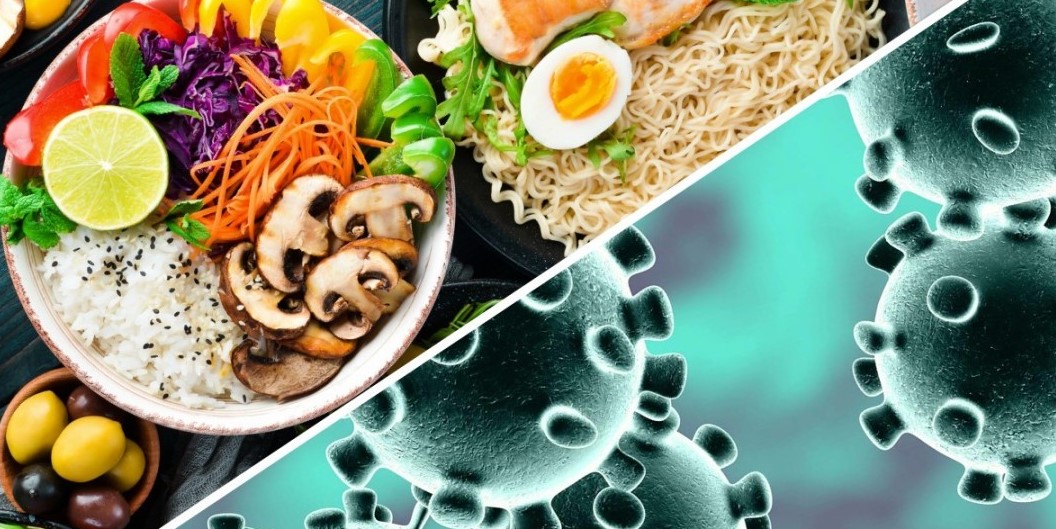
In all sectors involved in the handling, preparation or preservation of foodstuffs, temperature control is a central issue. Whether you work in a collective kitchen, a food laboratory, a hospital department or a supply chain, you face a daily responsibility: ensuring the food safety of the food you handle.
The food hazard zone is a key concept in this field. It represents a critical temperature range in which micro-organisms, particularly pathogenic bacteria, can proliferate at an accelerated rate. Understanding this zone, knowing how to avoid it, and equipping yourself with reliable temperature measurement tools, such as a professional thermometer, is essential to preventing food poisoning and complying with current standards .
The food danger zone corresponds to a temperature range between 8°C and 63°C, where food is most vulnerable to the development of bacteria dangerous to health. It is in this range that pathogens such as Salmonella, Listeria monocytogenes and Escherichia coli multiply most rapidly.
These bacteria can cause not only digestive problems, but also serious or even fatal poisoning, particularly in sensitive populations such as children, the elderly, pregnant women and the immunocompromised.
Important: food that remains in this zone for more than two hours becomes a breeding ground for bacterial contamination. And this is true even if the appearance, taste or smell of the food suggests otherwise.
In professional environments, food temperature control is not just good practice: it's a regulatory requirement. It is an integral part of sanitary control plans and ISO standards in the agri-food sector.
Even a one-off temperature deviation can be enough to jeopardize an entire production run, or lead to a batch recall. It is also a decisive factor in quality audits and health checks.
Food safety temperatures vary according to the type of food: is it intended to be eaten cold or hot? Are they being prepared or stored? Here are the essential guidelines.
For all refrigerated foods - raw meats, fish, dairy products, cold meats, cold ready meals and fresh desserts - the ideal storage temperature is between 0°C and 5°C. Although regulations allow a maximum limit of 8°C, we strongly recommend aiming for a lower temperature to effectively slow bacterial proliferation.
Food stored at 8°C begins to deteriorate rapidly. As temperatures rise, microbial growth accelerates. And prolonged exposure to these temperatures can render food unfit for consumption.
The golden rule: never leave a refrigerated product at room temperature for more than two hours. If in doubt, it's better to throw it out than risk it.
Conversely, hot food, once cooked, must be kept at a temperature of 63°C or above until served or packaged.
Why 63°C? Because this is the minimum temperature at which most pathogenic bacteria can no longer multiply. Below this temperature, we gradually enter the danger zone.
If you don't serve a hot dish immediately, you must cool it quickly (within two hours) before placing it in the fridge.

Temperature measurement cannot be left to guesswork or touch. In a professional setting, only an accurate, fast digital thermometer can effectively monitor food throughout the chain: reception, storage, cooking, cooling, transport.
At Afrimesure, we recommend the use of the TempTest Thermometer, a reliable, robust tool perfectly suited to field requirements:
The food danger zone is a fundamental but often overlooked concept. Yet a simple temperature error can transform a healthy product into a source of poisoning. By understanding critical thresholds, adopting rigorous practices and equipping yourself with the right control instruments, you put all the chances on your side to guarantee food safety, regulatory compliance and the confidence of your customers.